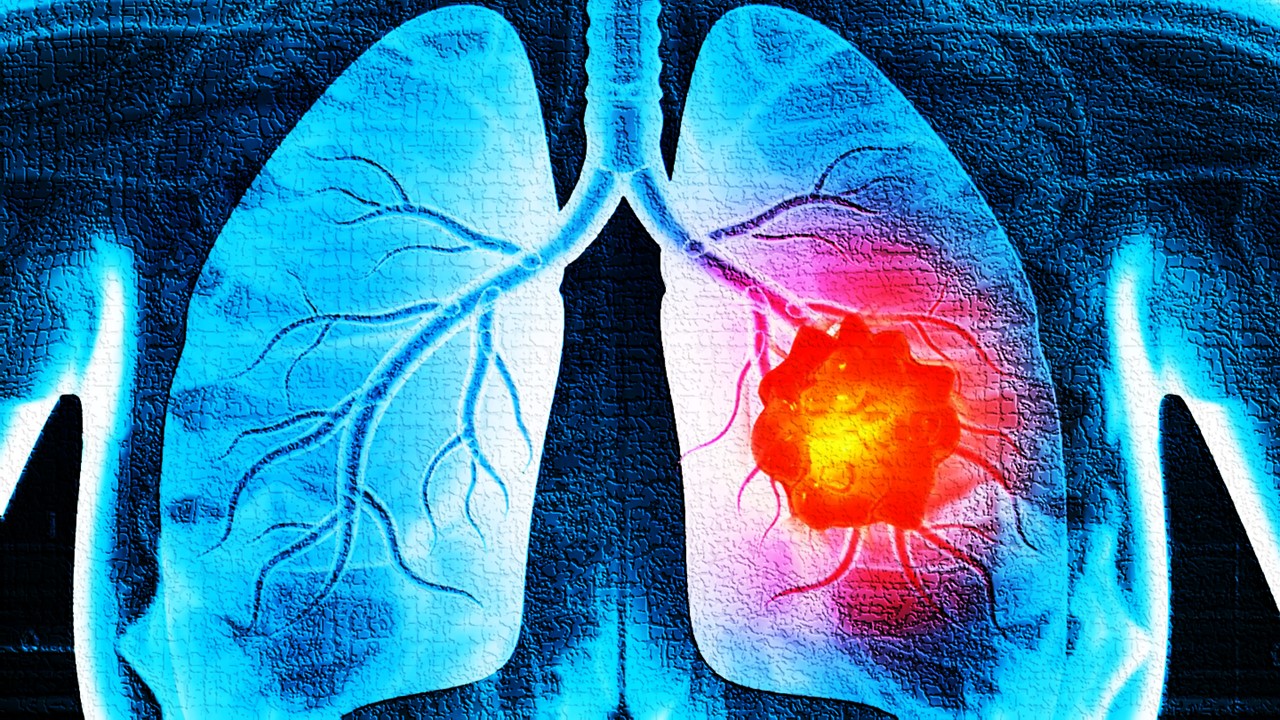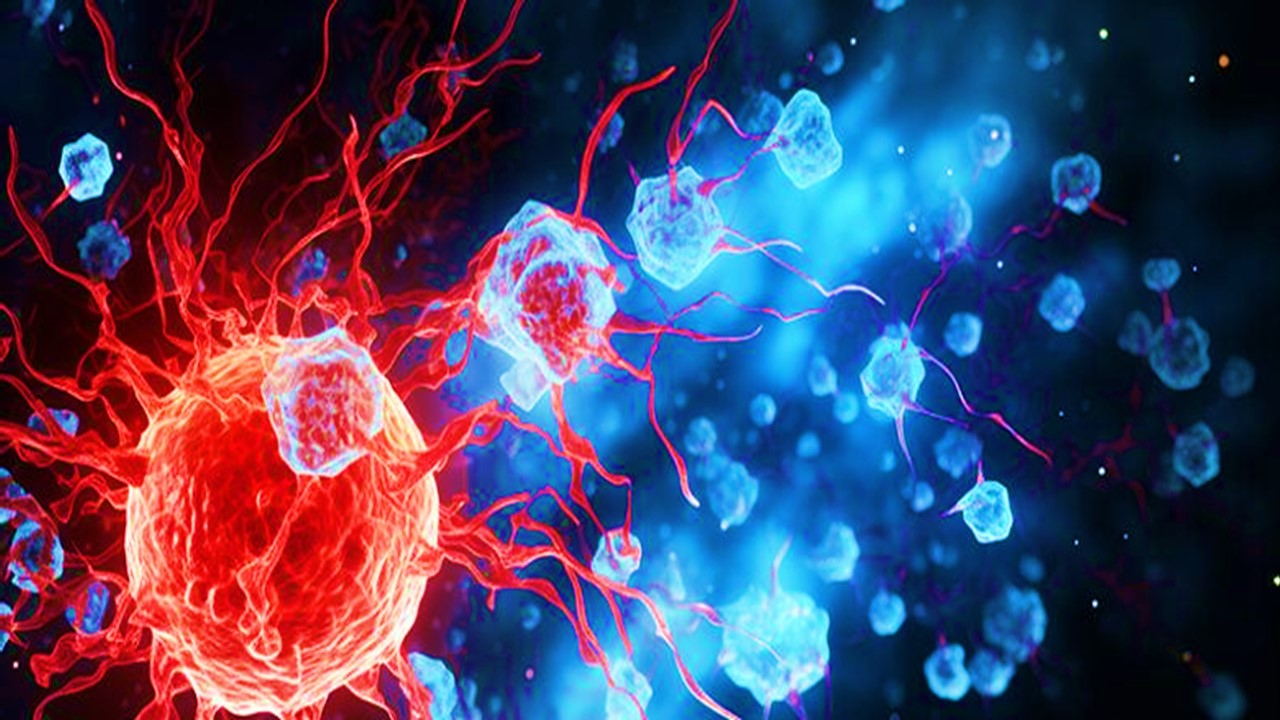Despite the susceptibility of the immune system to compromise by a myriad of factors, it has evolved intricate mechanisms to maintain a delicate balance between protection and potential harm. These adaptive mechanisms allow the immune system to sustain its functionality, even in the face of compromising influences. The exploration of these adaptive mechanisms unravels a fascinating array of immunological processes and regulatory networks that underlie the immune system’s ability to mitigate damage and promote overall homeostasis.
Maintaining Self vs. Non-Self Discrimination
At its core, the immune system is a complex network of cells, molecules, and tissues that work in concert to defend the body against pathogens while minimizing collateral damage to healthy tissues. Central to this defense is the ability of the immune system to distinguish between self and non-self, ensuring that it targets foreign invaders while sparing the body’s own cells and tissues. This discrimination is facilitated by a diverse repertoire of immune receptors, including pattern recognition receptors (PRRs) and antigen receptors, which recognize specific molecular patterns associated with pathogens or altered self-antigens.
Dynamic Responses of the Innate Immune System
When faced with compromise, such as infections or chronic diseases, the immune system dynamically adjusts its responses to optimize defense while minimizing detrimental effects. The innate immune system, the first line of defense, responds rapidly to pathogenic challenges through the recognition of conserved molecular patterns shared by a broad range of microbes. Innate immune cells, including macrophages, neutrophils, and dendritic cells, mount robust inflammatory responses to contain and eliminate pathogens.
Activation of Adaptive Immune Responses
Simultaneously, the immune system activates adaptive immune responses, characterized by the clonal expansion of antigen-specific lymphocytes. This process involves the intricate interplay between antigen-presenting cells (APCs), such as dendritic cells, and lymphocytes, particularly T and B cells. APCs capture antigens, process them, and present antigenic fragments to T cells via major histocompatibility complex molecules. This presentation triggers T cell activation and differentiation into effector cells that specifically target and eliminate infected cells.
Regulatory Mechanisms to Prevent Excessive Activation
Crucially, the immune system possesses regulatory mechanisms to prevent excessive or prolonged immune activation, which can lead to tissue damage and autoimmune reactions. Regulatory T cells (Tregs) play a central role in maintaining immune tolerance by suppressing effector immune responses and preventing autoimmunity. Tregs exert their regulatory function through the secretion of immunosuppressive cytokines, such as interleukin-10 (IL-10) and transforming growth factor-beta (TGF-β), and by direct cell-to-cell contact.
Communication and Signaling in the Immune System
Moreover, immune cells actively communicate through an intricate network of cytokines, chemokines, and other signaling molecules. These signaling pathways coordinate immune cell recruitment, activation, and effector functions, ensuring a harmonious and targeted response to specific threats. The immune system can modulate the intensity and duration of immune responses through feedback mechanisms, enabling it to fine-tune its actions according to the nature and magnitude of the challenge.
Compensatory Mechanisms and Homeostatic Proliferation
Crises of compromised immunity, such as infections or chronic diseases, can trigger compensatory mechanisms to maintain immune functionality. For instance, in the context of lymphopenia, where the number of lymphocytes is significantly reduced, the immune system may undergo homeostatic proliferation, a process by which remaining lymphocytes expand in number to compensate for the loss. Additionally, the bone marrow and thymus, sites of immune cell production and maturation, possess remarkable regenerative capacities that can restore immune cell populations and preserve immune function.
Plasticity and Tailored Responses of Immune Cells
Furthermore, the immune system exhibits remarkable plasticity, enabling immune cells to adapt their functions and responses to diverse challenges. Different subsets of T cells, for example, can differentiate into distinct effector lineages, such as T helper 1 (Th1), T helper 2 (Th2), or T follicular helper (Tfh) cells, depending on the nature of the pathogen or antigen encountered. This plasticity allows the immune system to mount tailored responses that are optimal for controlling specific infections or mounting appropriate immune reactions.
In summary, the immune system maintains a fine balance between protection and potential harm through its sophisticated adaptive mechanisms. These mechanisms encompass the rapid response of the innate immune system, the orchestration of adaptive immune responses, the establishment of immune tolerance through regulatory T cells, and the modulation of immune activation and signaling pathways. By employing these adaptive mechanisms, the immune system can mitigate the detrimental effects of compromise and sustain its functionality, thereby promoting overall immune homeostasis and preserving host health. The in-depth exploration of these adaptive mechanisms illuminates the fascinating complexity and resilience of the immune system in the face of immunological challenges.
Engr. Dex Marco Tiu Guibelondo, BS Pharm, RPh, BS CpE
Subscribe
to get our
LATEST NEWS
Related Posts

Immunology & Oncology
The Silent Guardian: How GAS1 Shapes the Landscape of Metastatic Melanoma
GAS1’s discovery represents a beacon of hope in the fight against metastatic disease.

Immunology & Oncology
Resistance Mechanisms Unveiled: The Role of Glutathione S-Transferase in Cancer Therapy Failures
Understanding this dual role of GSTs as both protectors and accomplices to malignancies is central to tackling drug resistance.
Read More Articles
Myosin’s Molecular Toggle: How Dimerization of the Globular Tail Domain Controls the Motor Function of Myo5a
Myo5a exists in either an inhibited, triangulated rest or an extended, motile activation, each conformation dictated by the interplay between the GTD and its surroundings.
Designing Better Sugar Stoppers: Engineering Selective α-Glucosidase Inhibitors via Fragment-Based Dynamic Chemistry
One of the most pressing challenges in anti-diabetic therapy is reducing the unpleasant and often debilitating gastrointestinal side effects that accompany α-amylase inhibition.













